Bluestem, bluestem & bluestem
User
9 years ago
Featured Answer
Sort by:Oldest
Comments (15)
User
9 years agolast modified: 9 years agoUser
9 years agolast modified: 9 years agoRelated Discussions
Fall planting of Little Bluestem
Comments (4)You want to keep it dry around the plants. Don't mulch up close. Its a very cold hardy grass and here in Oklahoma it does fine planted now because the weather stays warm until November. It won't grow roots at all over winter, not until it warms up good next spring. We don't have soil heaving here so I don't know about that. If thats your situation or if its real soggy there, you might be better off leaving them in pots over winter in a protected dry spot where the soil will stay damp but not soaked. Root rot would be my biggest concern. I dug some out one year and couldn't decide if I was going to keep them or not, I left them unplanted stacked in a big pot with some soil still clinging to the roots and they wintered over just fine. The bottom ones in no light were putting out yellow growth by the time I got to them the next year. Just a couple of the very top ones placed in the pot with the roots exposed to dry air died, they were all just tossed in the pot every which way....See MoreRed October big bluestem
Comments (1)yes of course post them...See MoreBluestem Grasses and Blue gama grass
Comments (0)I never know where to post things so I posted this on the natives but I thought you guys might like a wander around so I liked it. . Bluestem and blue gammas in seed....See MoreBothriochloa barbinodis (Cane Bluestem)
Comments (5)Thank you both for the positive feedback. I usually post plants in the off-season that (1) have minimal photographic representation in online searches, or (2) produce search results with photos that are often mislabeled. The web crawlers are active on this site, and will have copies of these photos available through Google searches, etc. in just a week or two. It's a great tool to improve Internet content for our wildflowers and garden plants, and also a cool way to share local plants with others on this site....See Morewantonamara Z8 CenTex
9 years agoUser
9 years agolast modified: 9 years agoUser
9 years agowisconsitom
9 years agolast modified: 9 years agowantonamara Z8 CenTex
9 years agoUser
9 years agowantonamara Z8 CenTex
9 years agoUser
9 years agowisconsitom
9 years agoUser
9 years agolaceyvail 6A, WV
9 years agoUser
9 years agolast modified: 9 years ago
Related Stories
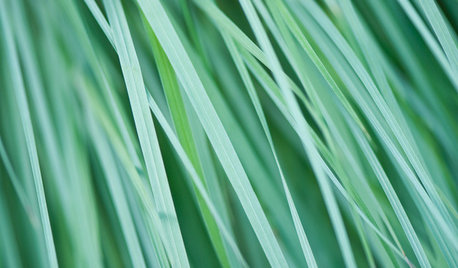
GARDENING GUIDESGreat Design Plant: Little Bluestem Goes Above and Beyond
It thrives in poor soil and provides food and shelter for wildlife. Plus, Schizachyrium scoparium is just a darn pretty native grass
Full Story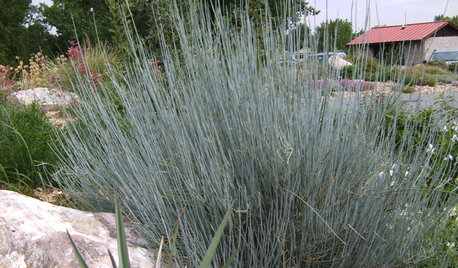
BLUE AND GRAY FOLIAGEGreat Design Plant: Bluestem Joint Fir
For a splash of cool blue color that lasts all year, try this evergreen in a sunny and dry garden spot
Full Story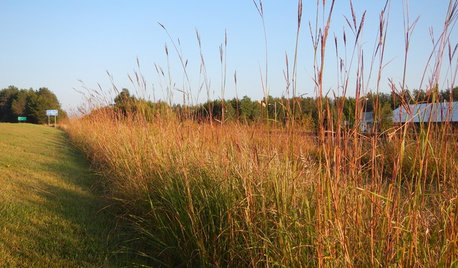
GARDENING GUIDESGreat Design Plant: Andropogon Gerardii
The king of the tallgrass prairie is a wildlife staple in natural gardens
Full Story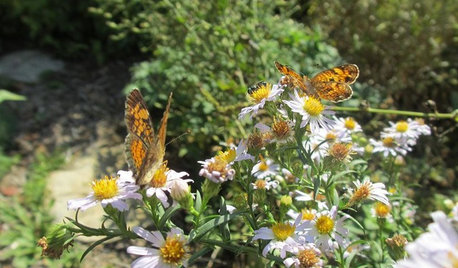
GARDENING GUIDESAn Ode to Autumn in the Garden
We pause to celebrate the light, the leaves, the blooms and living in the moment
Full Story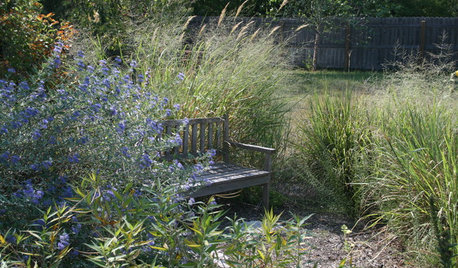
GARDENING GUIDESGreat Design Plant: Indian Grass
Bring whispers of prairie winds to your garden with this swaying native grass that stands tall all winter
Full Story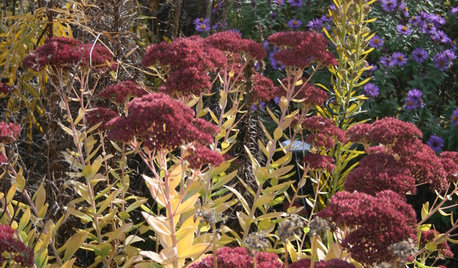
GARDENING GUIDES8 Perennials for Great Fall Color
Trees haven't cornered the market on autumn splendor. Add these flowering perennials for a foliage sight to behold
Full Story
GARDENING FOR BUTTERFLIES3 Ways Native Plants Make Gardening So Much Better
You probably know about the lower maintenance. But native plants' other benefits go far beyond a little less watering and weeding
Full Story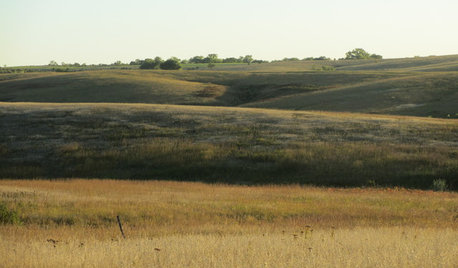
GARDENING GUIDESHow to Get Your Prairie On
Have a field day with your landscape, even if you've got just a few modern containers on a paved path
Full Story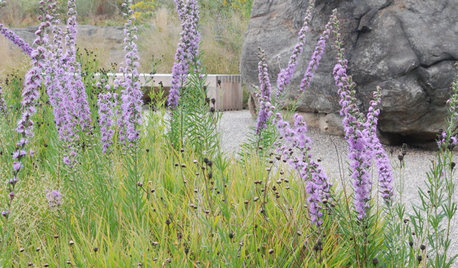
GARDENING GUIDESNative Wildflowers for the August Transition Into Fall
Keep the garden colorful with these stalwart perennials
Full Story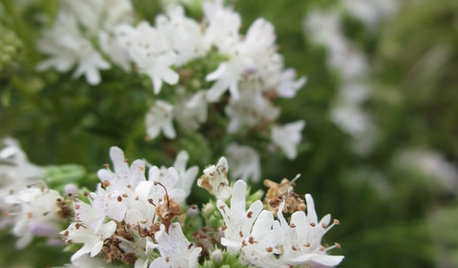
GARDENING FOR BUTTERFLIESGreat Design Plant: Virginia Mountain Mint
Watch a world of insects dine on this Midwest native, an easy bloomer that washes the garden (and your skin) in scents of cool mint
Full Story


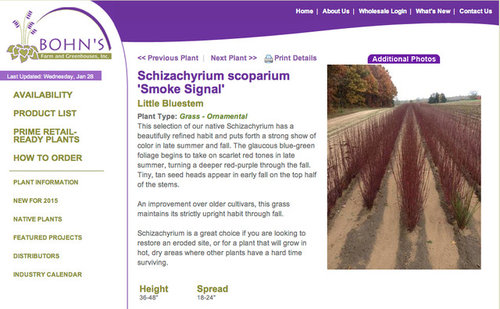

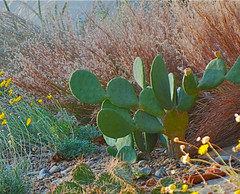



docmom_gw